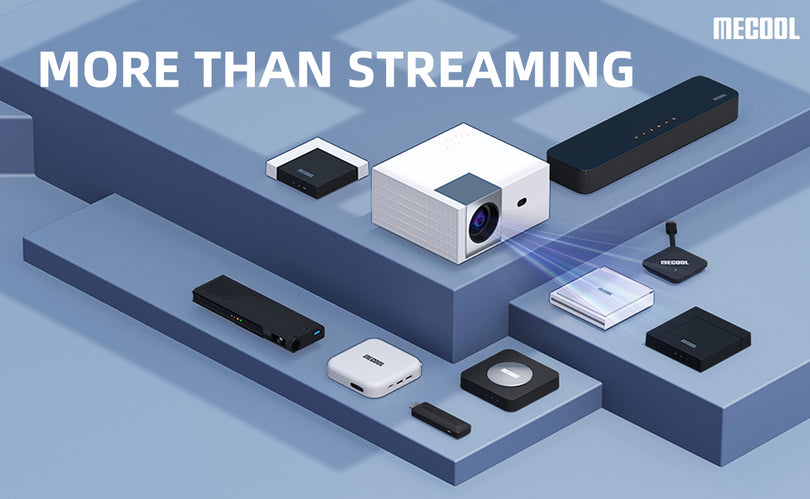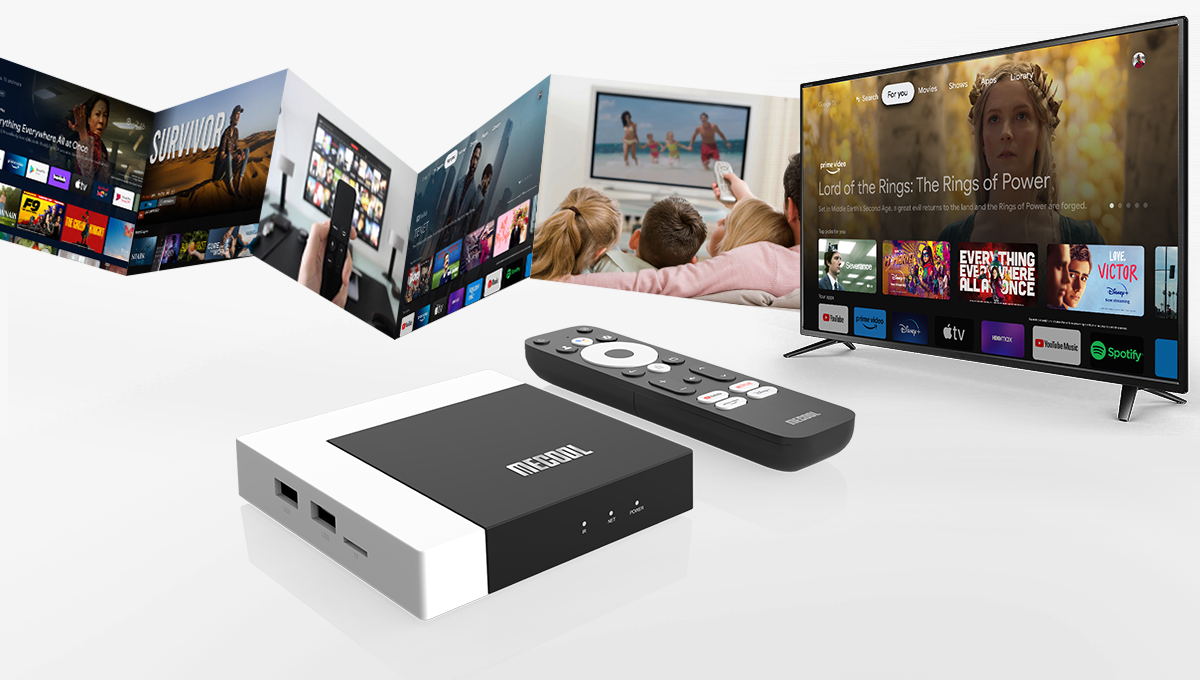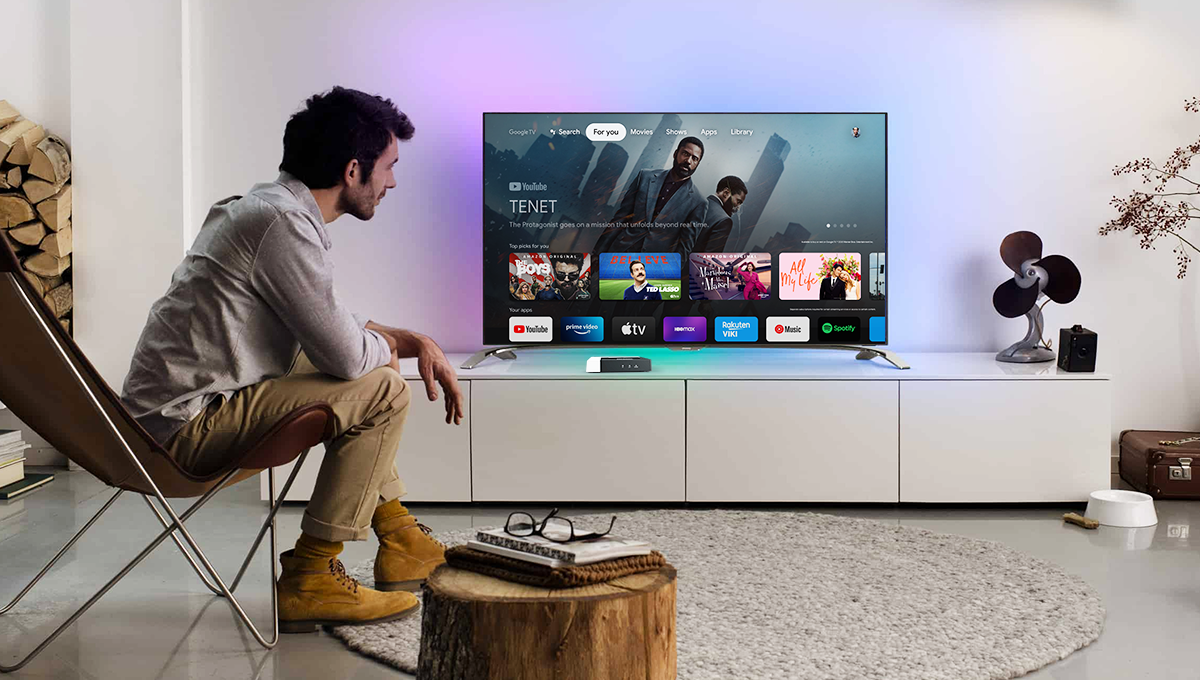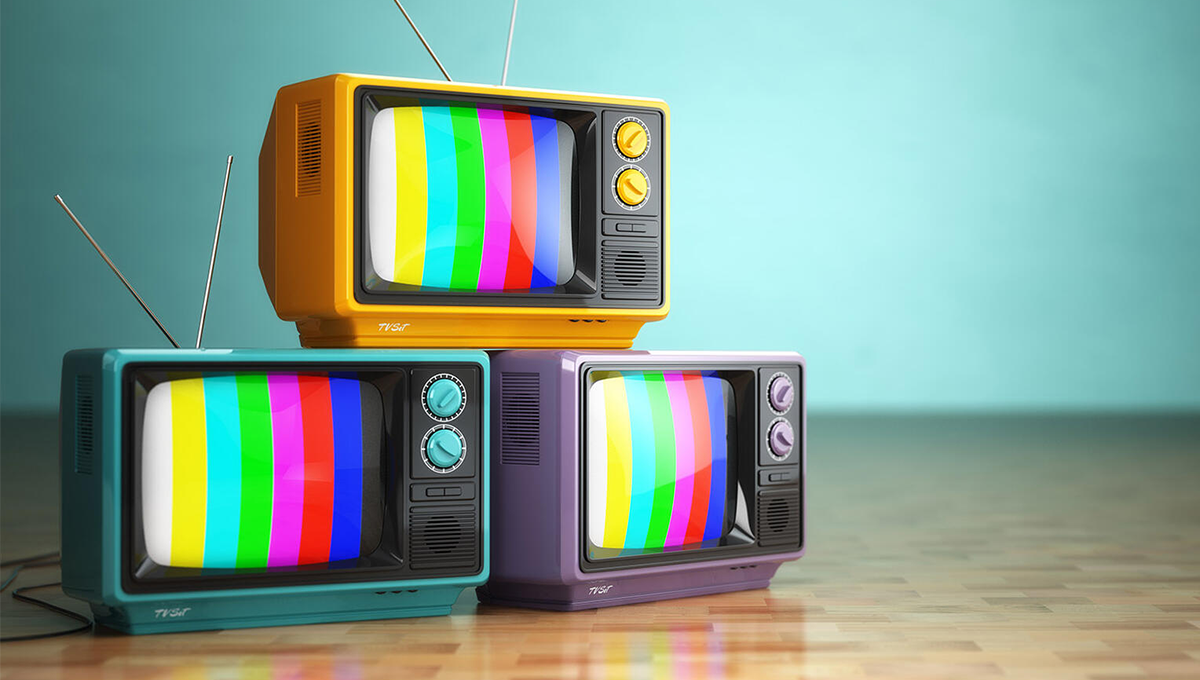Set-top boxes (STBs) have been a part of our lives for decades now. They were first introduced in the 1970s as devices that enabled viewers to watch TV channels that were not available through traditional broadcast methods. Since then, STBs have evolved significantly, and today they offer a wide range of features and services that were once unimaginable.
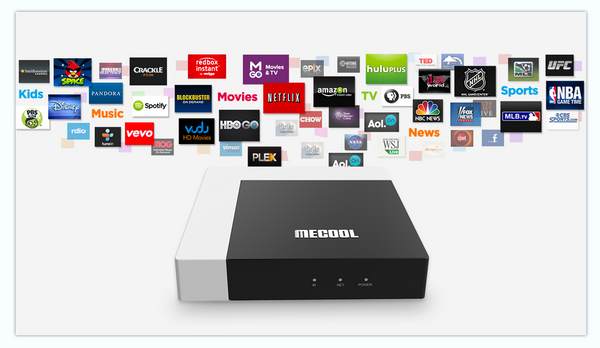
Here's a brief history and timeline of the evolution of set-top boxes:
The 1970s - The first set-top boxes were introduced in the 1970s as a way to access pay-per-view content. These early STBs were analog devices that were designed to be used with cable TV.
1980s - In the 1980s, digital set-top boxes were introduced. These devices used digital signals to deliver high-quality video and audio.
The 1990s - The 1990s saw a boom in the set-top box industry as cable and satellite TV became more popular. This led to the introduction of more advanced STBs that offered interactive features, such as on-screen program guides and the ability to pause, rewind, and record live TV.
2000s - In the early 2000s, the first DVR (Digital Video Recorder) set-top boxes were introduced. These devices allowed viewers to record and store TV programs for later viewing. This was a major breakthrough that changed the way we watch TV.
The 2010s - The 2010s saw the introduction of smart set-top boxes that could connect to the internet and offer streaming services such as Netflix, Hulu, and Amazon Prime Video. These devices also offered voice control, making it easier to search for and play content.
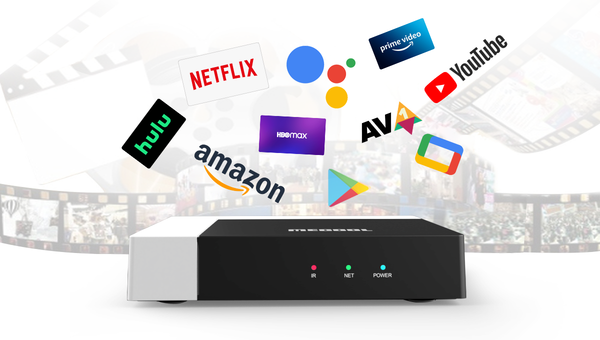
The 2020s - Today, set-top boxes have evolved even further, with many models offering 4K and HDR video quality, gaming capabilities, and even AI-powered voice assistants.
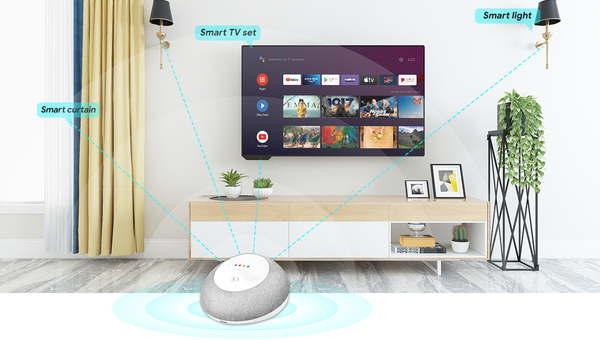
MECOOL specialized in the R&D of Android TV products like Android TV Box, Dongle, OTT&Hybrid STB, and Android TV Smart Home since 2015. With Google certification, Netflix certification, Google Assistant, 4K HDR, Chromecast, Dolby certification, ivi certification, and other features, it has entered the lives of more and more people a round the world.
In conclusion, the set-top box industry has come a long way since its early days, and it continues to evolve and improve. From simple devices that provided access to pay-per-view content to advanced smart boxes that offer a wide range of features and services, set-top boxes have become an essential part of our entertainment experience.

